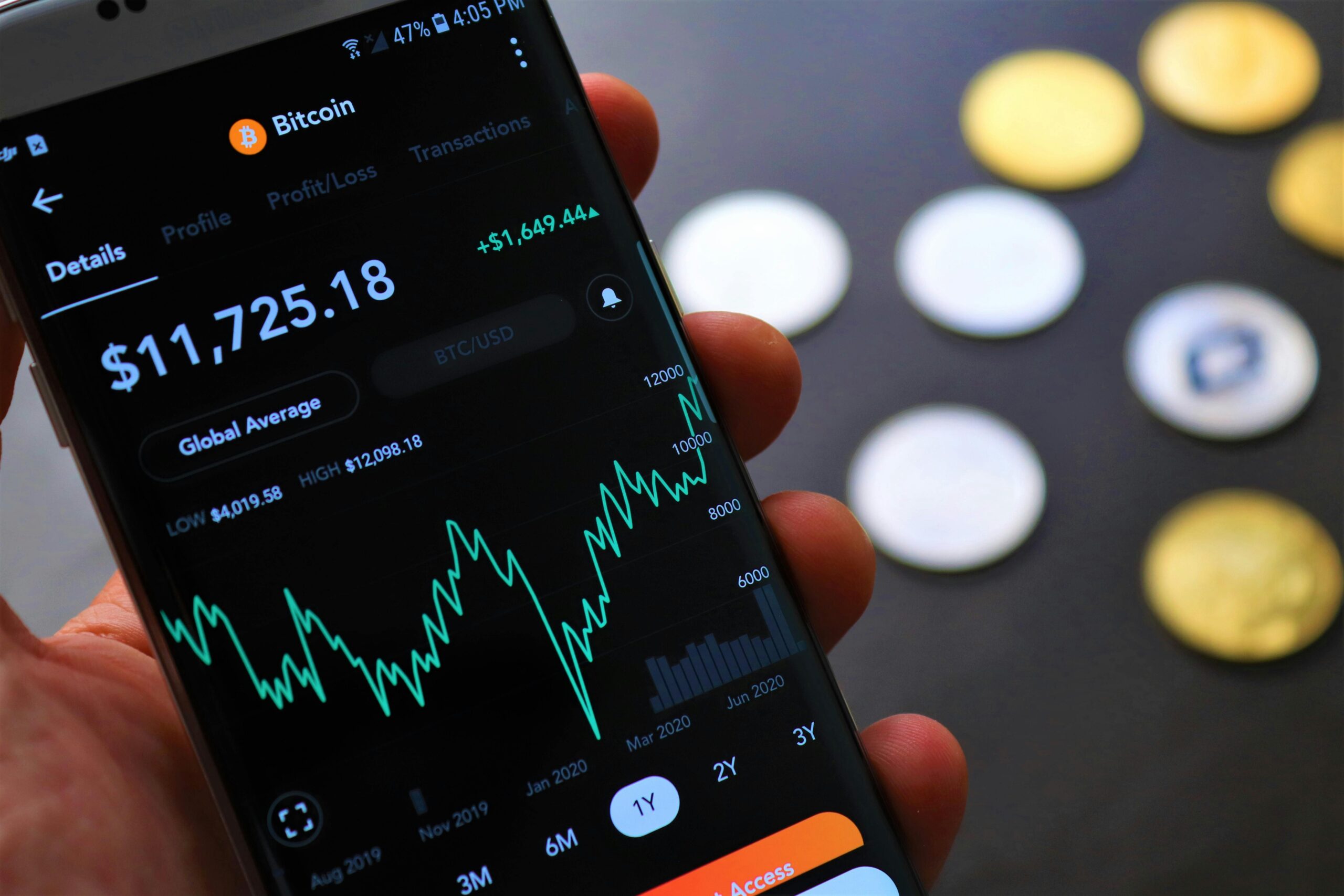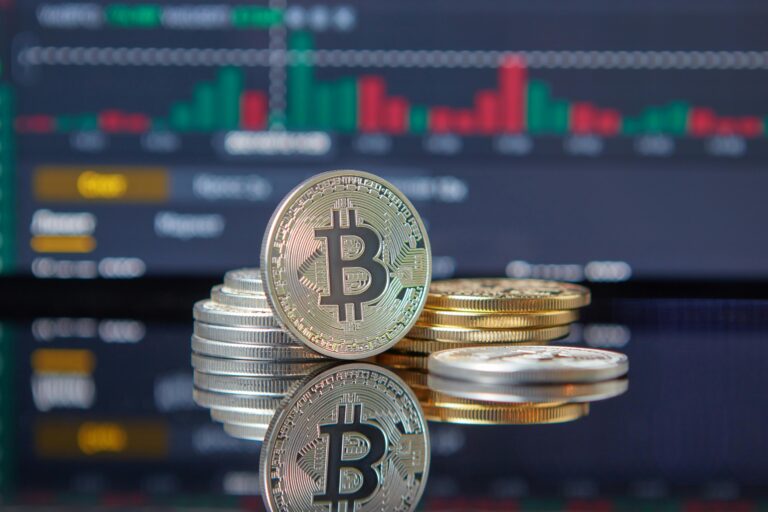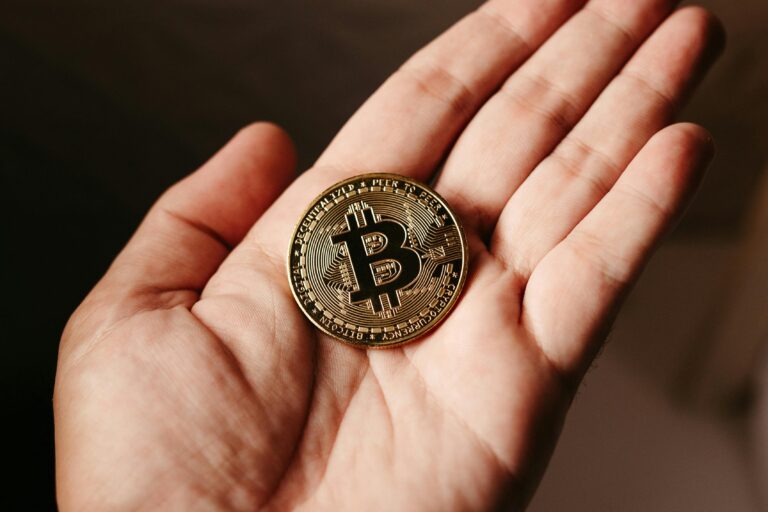Here is a 100% unique, SEO-optimized blog post using only H2 and H3 headings, titled:
The Rise of CBDCs: Will the U.S. Launch a Digital Dollar?
As central bank digital currencies (CBDCs) gain traction worldwide, Americans are beginning to ask a crucial question—will the U.S. government introduce its own digital dollar?
What Is a CBDC?
CBDC stands for Central Bank Digital Currency, a digital version of a country’s official currency issued and regulated by its central bank.
How CBDCs Are Different from Crypto
Unlike cryptocurrencies such as Bitcoin or Ethereum, CBDCs are centralized, fully backed by the government, and typically have no volatility. They combine the benefits of digital payments with the stability of traditional fiat.
Global Momentum Behind CBDCs
More than 130 countries are researching or piloting CBDCs. Nations like China have already launched digital currency trials through their central banks.
Examples of Existing CBDCs
China’s Digital Yuan, the eNaira in Nigeria, and Sand Dollar in the Bahamas show how different economies are exploring this innovation. Their experiences could shape the U.S. approach.
Why Is the U.S. Considering a Digital Dollar?
The Federal Reserve has been exploring a CBDC to modernize the U.S. payment system, maintain global dollar dominance, and compete with other digital currencies.
Key Goals Behind a Digital Dollar
The U.S. aims to ensure fast, low-cost, and secure transactions for consumers and businesses, while also preserving privacy and preventing financial crimes.
Current Status of the Digital Dollar in 2025
As of now, the U.S. has not officially launched a CBDC. However, the Federal Reserve and U.S. Treasury are actively studying its potential impacts.
Pilot Programs and Research Efforts
The Fed has partnered with institutions like MIT through Project Hamilton to simulate technical models for a U.S. digital currency, focusing on scalability and security.
Potential Benefits for Americans
A digital dollar could make payments faster, reduce banking costs, and improve financial inclusion for underbanked communities.
Use Cases for Consumers
CBDCs could support instant peer-to-peer payments, direct stimulus delivery, and simplified cross-border transactions.
Key Concerns and Criticisms
Despite the benefits, many Americans and lawmakers worry about privacy, surveillance, and the role of traditional banks.
Will It Be Too Centralized?
Some fear that a government-issued digital dollar might give authorities too much control over citizens’ spending data, prompting calls for stronger privacy frameworks.
The Future of CBDCs in the U.S.
Experts suggest that a digital dollar may still be years away, as legal, political, and technological challenges need to be addressed.
What Needs to Happen First
Congress must approve key regulatory frameworks, and public trust must be established. Broad-scale testing and education are essential before national adoption.
Conclusion
While the U.S. has not yet launched a digital dollar, the rise of CBDCs globally makes it a likely scenario in the near future. As the Fed continues research and public debate grows, Americans should stay informed about what this digital shift could mean for their financial future.



